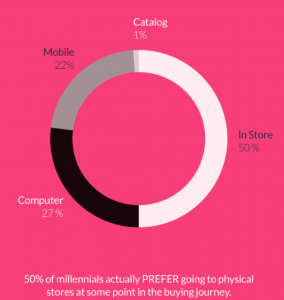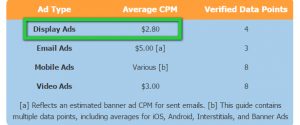Blended CTV Ad Inventory Is Bigger Risk To Writers & Actors Than AI
An enormous issue in the joint strike is how the movie, television and video streaming industry will treat actors and writers in the fast-emerging world of artificial intelligence (AI), where well-trained content bots can create not only scripts but full sight, sound and motion scenes with lifelike actors, and no humans involved except for the prompt engineers — the ones who instruct the AI bots.
Of course, Hollywood writers and actors are concerned about AI, which is going to massively disrupt their industry. So this is a good time to try to lock in restrictions and rules around AI in their contracts, if they can.
However, as big a threat AI might be to human writing and acting over time, I don’t think it’s the ultimate threat they face to their long-term livelihood today.
The role of true creativity in film, and the need to train bots on real humans and real human experiences and expressions, make it unlikely for AI-driven productions to just replace people. Most likely, the technology will become an enabling capability for writers and actors who can best leverage the new technology, not unlike how film expanded the world for writers, and films with sound and then color changed and expanded the world for actors.
A more pronounced threat to writers’ and actors’ livelihood today and tomorrow is from ad-tech platforms that destroy billions of dollars of value in TV and streaming video by shifting high-value ad dollars away from their products and into fake media inventory: “made-for-advertising” sites linked to search pages, or sites with unviewable video or sound off.
Pools of this junk inventory are injected into the ad ecosystem at low prices through “open” sell-side and demand-side platforms: the enablers. The inventory is bought by agencies trying to meet irrationally low CPM expectations of clients, which are being constantly refreshed and reinforced by the ease of availability of this cheap, junk inventory blended with real stuff.
This blended inventory makes it through the digital ad systems thanks to co-mingled economics among almost everyone in the supply chain, including many of those whose ostensible job it is to verify that inventory and ad targets are legit.
How much money is at stake? Well, the ANA recently told us that more than $20 billion is wasted each year. And that siphoning is not just about the wrong people getting those ad dollars, but the right people not getting them.
Sounds a bit farfetched that this is an issue for writers and actors? Some might have thought the same thing 20 years ago about newspaper and magazine journalists. But the fact that programmatic digital ad systems siphoned high-value local and niche ad spend away from the publications that paid their salaries and into pretty junky knockoffs, played a big part in the demise of their former employers (just to be clear, newspaper and magazine companies also did lots of stupid and arrogant stuff that helped kill them).
Could the undermining of legit video content by siphoning off ad spend to junk inventory be as big a threat to writers and actors as AI? I think so. What about you?
(2)





